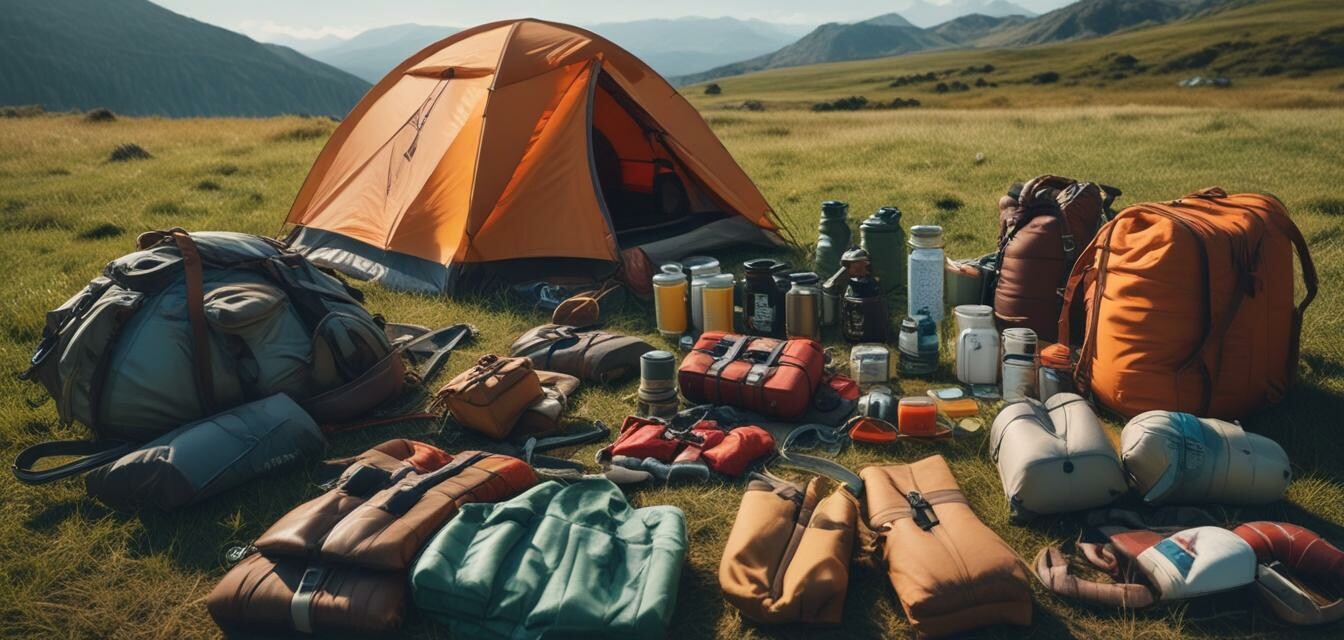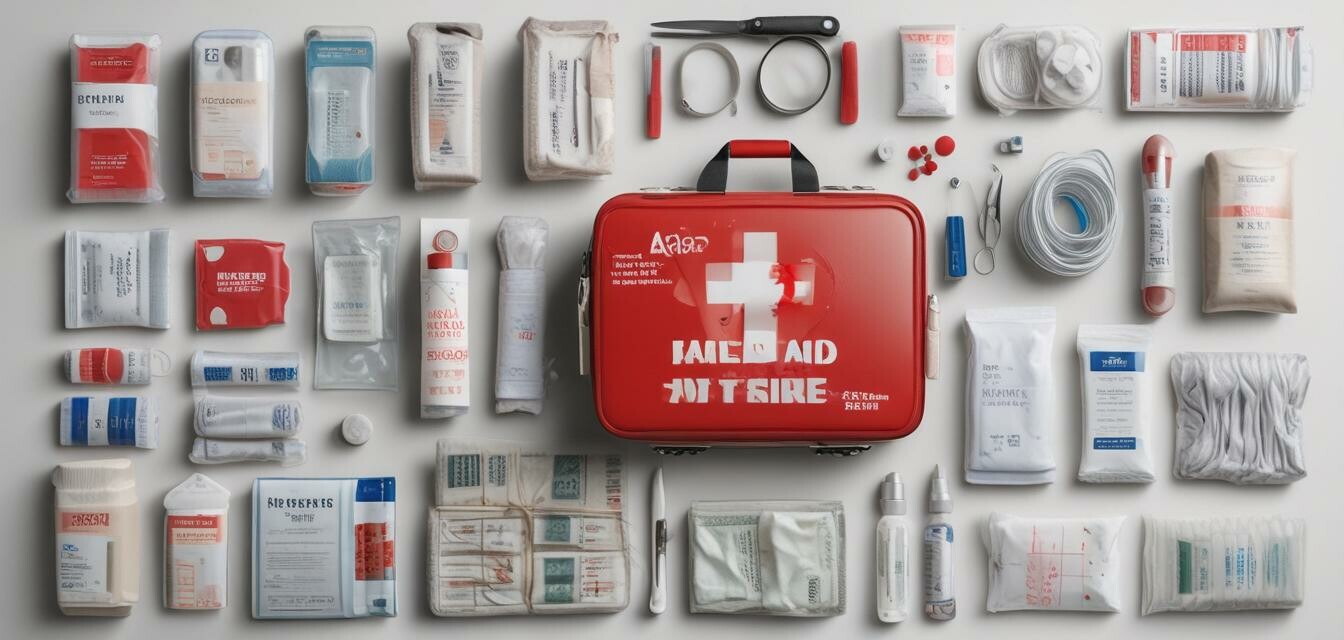
Hiking and Camping Kits
Key Takeaways
- Essential items for hiking and camping include food, shelter, tools, and safety gear.
- Choosing the right survival kit can enhance your outdoor experience.
- Always consider the environment and duration of your trip when packing.
Embarking on a hiking or camping adventure requires adequate preparation. Whether you are a seasoned explorer or a weekend warrior, having the right survival kits can make all the difference. In this comprehensive guide, we will explore essential items for your outdoor adventures, ensuring you are well-equipped for any situation.
Essential components of hiking and camping kits
| Kit Component | Description |
|---|---|
| Emergency Food Supplies | Non-perishable food items that provide energy during your trip. |
| First Aid Kits | Medical supplies for treating minor injuries and ailments. |
| Water Filtration Systems | Devices to purify water from natural sources. |
| Navigation and Communication Devices | Tools for finding your way and staying connected. |
| Shelter and Sleeping Gear | Items like tents and sleeping bags for protection and comfort. |
| Survival Tools and Gadgets | Multi-tools and gadgets that assist in various situations. |
Choosing the right survival kit
When selecting a survival kit, consider the following factors:
- Duration of the trip: The longer the trip, the more supplies you'll need.
- Number of people: Ensure your kit can accommodate everyone in your group.
- Type of terrain: Consider the environment and potential challenges.
Emergency food supplies
Having access to food is crucial during outdoor adventures. Below are common types of emergency food supplies:
| Food Type | Description |
|---|---|
| Energy Bars | High-calorie snacks that are easy to carry and consume. |
| Dehydrated Meals | Lightweight meals that only require water to prepare. |
| Canned Foods | Long-lasting food options that provide essential nutrients. |
First aid kits
Accidents can happen, so a well-stocked first aid kit is essential. Basic items to include are:
- Adhesive bandages
- Antiseptic wipes
- Gauze and tape
- Pain relievers
- Emergency contact information
Water filtration systems
Clean drinking water is vital. Here are common water filtration systems:
- Portable Water Filters: Compact and easy to use, these filters can purify water from streams and lakes.
- Water Purification Tablets: Simple tablets that kill harmful bacteria and viruses.
- Gravity Filters: These systems allow you to filter larger quantities of water quickly.
Navigation and communication devices
Staying oriented is crucial in the wilderness. Consider the following devices:
- GPS Units: Essential for accurate navigation.
- Two-Way Radios: Useful for communication in areas without cell service.
- Maps and Compasses: Traditional navigation tools that every adventurer should know how to use.
Shelter and sleeping gear
Comfort during the night is important. Here's a checklist of items to include:
- Tent (with stakes and guylines)
- Sleeping bag appropriate for the season
- Sleeping pad for extra comfort
- Emergency bivvy sack
Survival tools and gadgets
Having the right tools can aid in various emergencies. Essential tools include:
- Multi-tool or Swiss Army knife
- Firestarter (matches, lighter, or flint)
- Paracord (useful for a variety of tasks)
Pros
- Enhances preparedness for outdoor adventures.
- Increases safety and comfort.
- Offers peace of mind during excursions.
Cons
- Can be costly depending on the items included.
- May be heavy to carry, especially for long hikes.
- Requires knowledge of how to use some tools and gear.
Tips for beginners
- Start with day hikes before planning longer trips.
- Familiarize yourself with your gear before heading out.
- Check the weather and terrain conditions.
- Always let someone know your plans and expected return time.
- Practice Leave No Trace principles to protect the environment.
Conclusion
Being well-prepared for hiking and camping is vital for an enjoyable experience. By equipping yourself with the right hiking and camping kits, you can ensure safety, comfort, and peace of mind. Make sure to choose a kit that suits your specific needs and always be ready for the unexpected. Happy adventuring!
Further reading
For more information about specific survival kits you can consider:
- Emergency Food Supplies
- First Aid Kits
- Navigation and Communication Devices
- Shelter and Sleeping Gear
- Survival Tools and Gadgets










